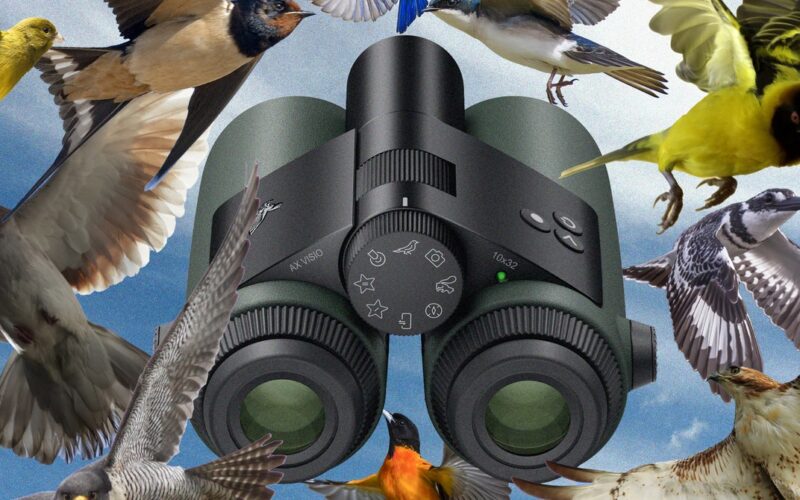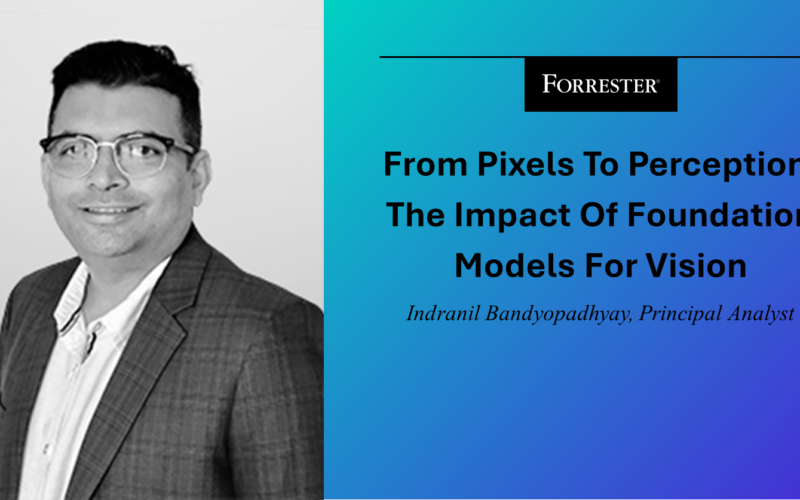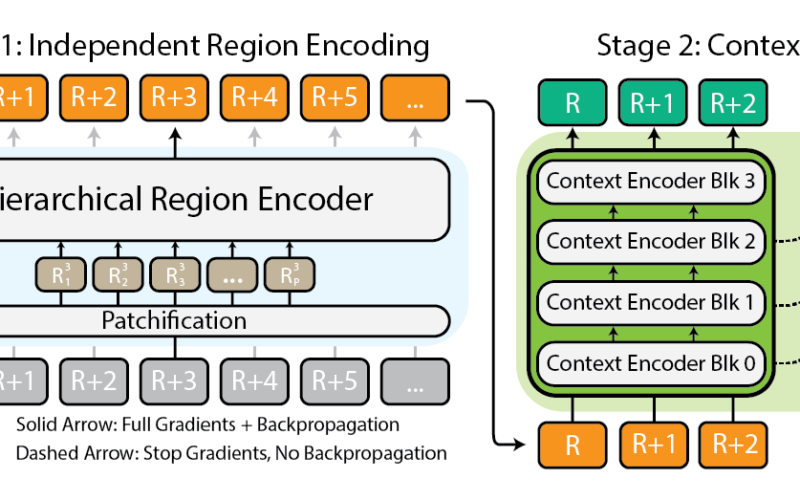09
Nov
For bird identification when the Bird ID setting is active, the AX Visio uses a modified version of Cornell Lab of Ornithology’s Merlin Bird ID’s extensive bird database. The Mammals ID, Butterfly ID, and Dragonfly ID settings on the binoculars are powered by the Sunbird database. However, while mammals and flying insects can currently only be identified in Europe and North America, the Bird ID software works everywhere—even Antarctica.The identification apps use a combination of image recognition and geolocation, which is enabled by a built-in GPS sensor that tells the software where you are in the world. That can help…




